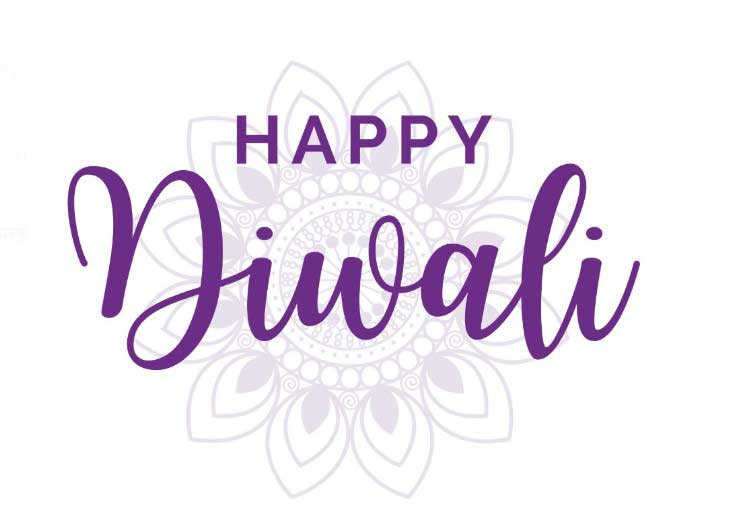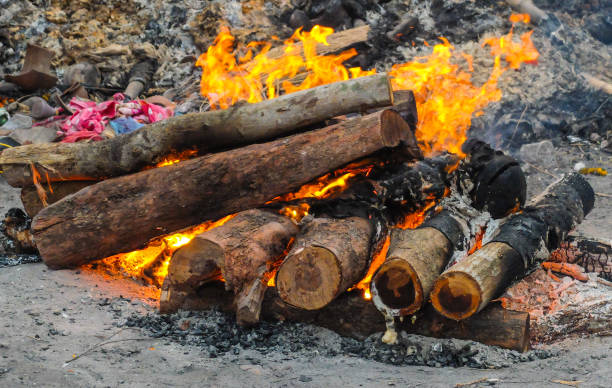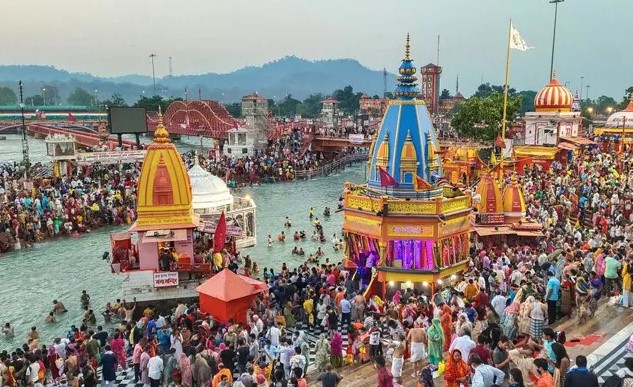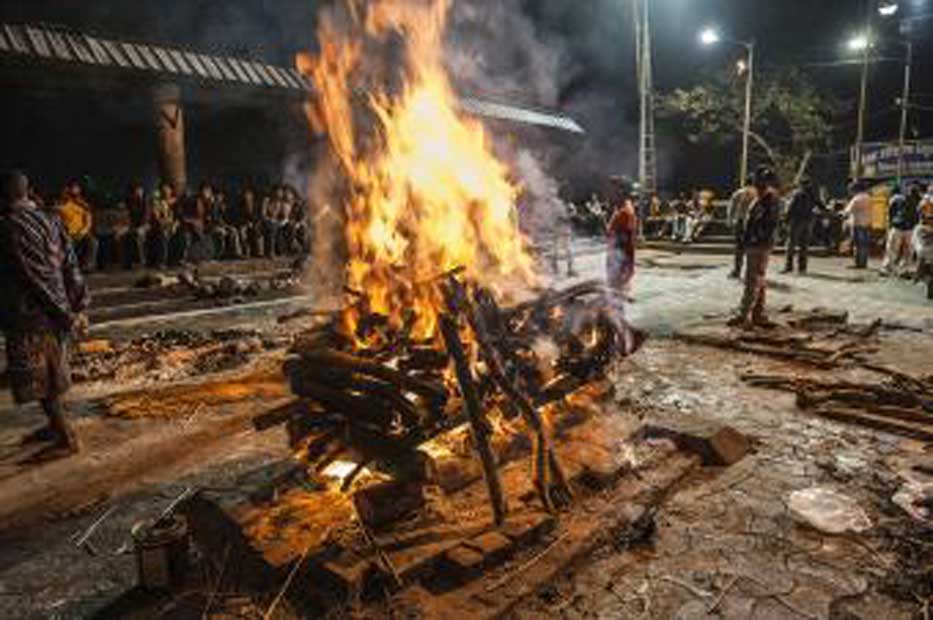Diwali, or Dipawali, is India‘s biggest and most important holiday of the year. The festival gets its name from the row (avali) of clay lamps (deepa) that Indians light outside their homes to symbolize the inner light that protects from spiritual darkness.
Lakshmi Puja Muhurat – 05:39 PM to 07:35 PM
As per Amanta Hindu Calendar, five days Diwali festivity spans over two months.
Diwali begins – Krishna Paksha Trayodashi (28th day) of Ashwin (7th month)
Diwali ends – Shukla Paksha Dwitiya (2nd day) of Kartik (8th month)
Diwali is also celebrated as victory of Lord Rama on Ravan. Diwali Dipawali festival celebrates Rama’s eventual defeat of the evil spirit Ravana, and his triumphant return to his home.
Over the centuries, Diwali has become a national festival that’s also enjoyed by non-Hindu communities. For instance, in Jainism, Diwali marks the nirvana, or spiritual awakening, of Lord Mahavira on October 15, 527 B.C.; in Sikhism, it honors the day that Guru Hargobind Ji, the Sixth Sikh Guru, was freed from imprisonment. Buddhists in India celebrate Diwali as well.
Diwali Dipawali festival is celebrated over five days.
- DAY ONE: People clean their homes and shop for gold or kitchen utensils to help bring good fortune.
- DAY TWO: People decorate their homes with clay lamps and create design patterns called rangoli on the floor using colored powders or sand.
- DAY THREE: On the main day of the festival, families gather together for Lakshmi puja, a prayer to Goddess Lakshmi, followed by mouth-watering feasts and firework festivities.
- DAY FOUR: This is the first day of the new year, when friends and relatives visit with gifts and best wishes for the season.
- DAY FIVE: Brothers visit their married sisters, who welcome them with love and a lavish meal.




